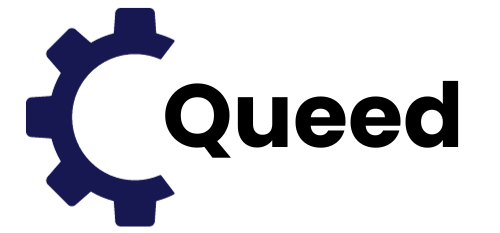Credit cards offer a lot of potential for convenience, but many users may not realize how much strategy is involved in using them to their advantage. Without a clear grasp of how credit cards work, it’s easy to unintentionally make choices that restrict financial flexibility. This article will look at the essentials of credit card usage and the timing strategies that can make credit cards work more efficiently for you.
At their core, credit cards let users pay now and settle the bill later. This delay in payment can be a valuable tool, but it’s also where the trap lies. Credit limits often exceed monthly earnings, so overspending can happen quickly, leaving some to scramble at the end of each month.
The solution? Know your billing cycle. Every credit card has a unique cycle that tracks spending and then issues a statement with a required payment by a specific due date. This cycle essentially gives you a window to manage your cash flow more effectively. Paying attention to this period and planning purchases accordingly can make a huge difference.
Your statement balance, which shows the amount spent during the billing cycle, becomes the target amount due. If this is paid in full by the due date, no interest is charged. There’s also a minimum payment option, which keeps the account in good standing but leads to interest charges on any unpaid balance. With interest rates often high, only making minimum payments can mean paying significantly more in the long run.
Many users feel pressure to pay off everything on their credit card before the cycle ends, fearing they’ll get charged interest. However, if you focus on just clearing the statement balance by the due date, you can avoid these charges without feeling the need to cover every single transaction. In other words, once your cumulative payments match or exceed that statement balance, you’re in the clear—no interest will be applied.
For better control, consider setting reminders for your statement balance due dates in your phone. Every time you make a payment, track how much is left to cover the full amount. This way, you can monitor your remaining balance without overpaying, allowing you to keep your finances on track while avoiding cash shortages.
Timing is another trick to take advantage of. For example, if your billing cycle ends mid-month, any purchases made afterward won’t be due until the following month’s due date. You can even use “buy now, pay later” options with some banks, dividing larger purchases into installments. Though this may mean slight interest charges, the delayed repayment can be beneficial if you can invest the funds elsewhere to offset those costs.
With a bit of planning and knowledge of your card’s structure, you can turn credit cards into tools that support—not strain—your financial goals.






